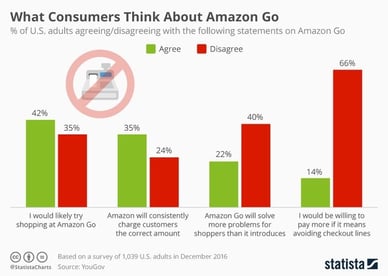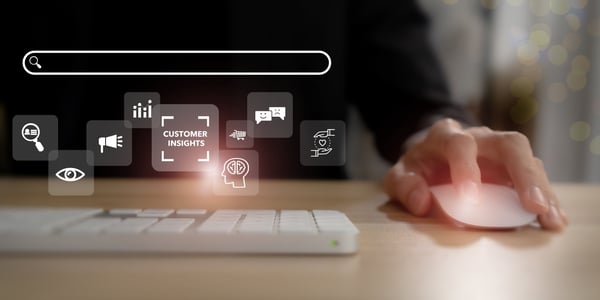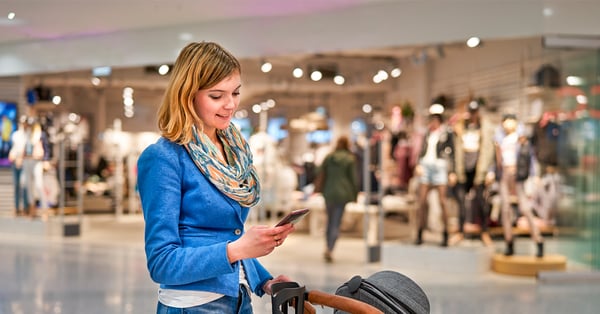- Blog Overview
- Knowledge
- Why Amazon Go is a Mixed Bag for Retailers
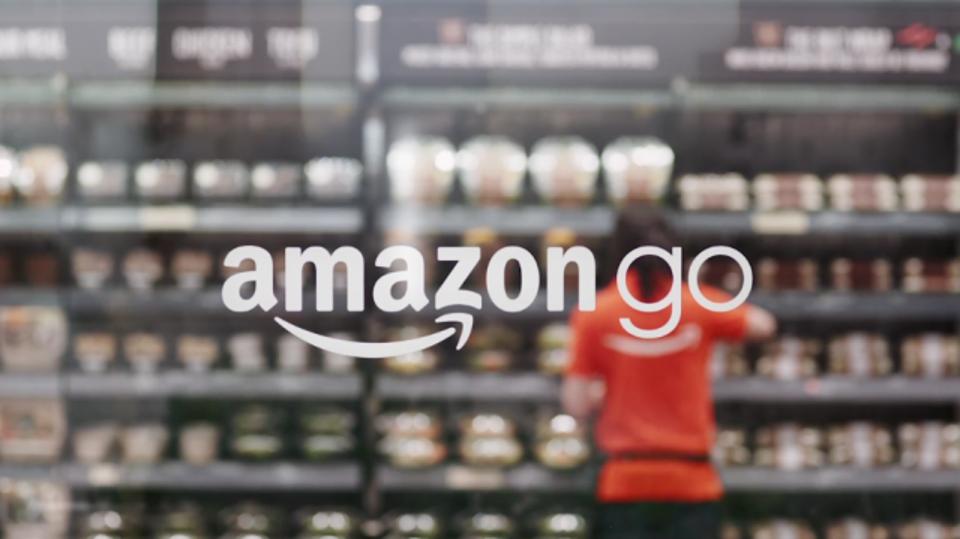
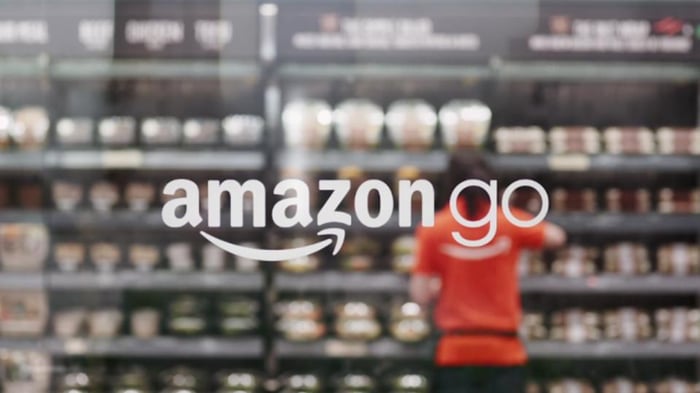 In 2014, I wrote an article for Customerthink called Retailers Provide “Amazon Experiences” in the Store. Little did I know then that Amazon already had spent almost two years working on a concept that would translate their online presence into the physical world. The company rolled out that newest category-changer this week.
In 2014, I wrote an article for Customerthink called Retailers Provide “Amazon Experiences” in the Store. Little did I know then that Amazon already had spent almost two years working on a concept that would translate their online presence into the physical world. The company rolled out that newest category-changer this week.
They’re calling Amazon Go “the world’s most advanced shopping technology.” It is a new direction for integrated digital and real-world commerce. The 1,800 square foot flagship Amazon Go store located in Seattle will open to the public in early 2017 (it is currently in beta for Amazon employees). Subsequent to the launch, the company plans to roll out 2000 click/brick and mortar stores across the U.S.
Grocery has been a priority for Amazon for some time now (consider Amazon Fresh and Prime Pantry). Because pure online grocery shopping equates to only about 1% of total e-commerce revenues and will remain low (5% by 2021), retailers like Target and Marks & Spenser have sought additional revenue streams with offerings like click-and-mortar or click-and-collect. The Amazon Go model seems to be a natural next step.
PlanetRetail observed, “While the industry has been discussing a faster checkout experience for years, it has taken an online retailer to push forward that possibility in a store-based environment.” When the company opened its first brick and mortar (book) store, they saw firsthand that many customers prefer to go to a place to find and buy products.
Amazon Go is a way to address the challenging grocery revenue model and satisfy that customer desire for in-person engagement. The company also says it’s an attempt to upend the grocery industry (as they have others).
How does “Just Walk Out Technology” work?
Just Walk Out Technology accelerates the shopping journey for the customer and eliminates operational costs (like paychecks) for the retailer. To do this, Amazon is tapping into technologies used in self-driving cars, including Artificial Intelligence, deep learning, computer vision and sensor fusion. Here’s the simplest explanation:
For the Store – Integrated cameras throughout the shopping environment record what people take off (or return to) shelves. That camera data feeds real-time inventory updates, so the store can stock and predict with speed and accuracy.
For the Customer – The shopper opens their Amazon Go app and enters the store through a set of sensors. As they select items, the data (from store cameras) populates a mobile e-shopping cart (adjusting if the shopper returns something to a shelf). When they have finished shopping, the customer just walks out of the store through the sensors. The app charges the card they have on file and produces their receipt.
What’s new? Total independence. More – and more relaxed – time to wander the store in search of interesting things. The freedom to zip in and out of the store quickly. What’s missing? Checkout areas. The friction caused by having to stand in line (even for self-check out kiosks). A personal connection with a store employee who asks if you found everything you needed or what you’re cooking with those interesting ingredients. Incremental revenue gained from impulse buys set up in payment areas.
The upsides and downsides of Amazon Go.
While this technology seems somewhat inevitable based on how rapidly omnichannel shopping has progressed in the very recent past, even Amazon seems to acknowledge that this might still be too good to be true. (Their tag line is “No lines. No checkout. No, seriously.”)
The statement likely is a witty attempt to imply consumers will be incredulous because the offering is amazing. But from the standpoint of working with a company that has spent more than 30 years pioneering innovations in customer journey technologies and insights, I also see “no, seriously” as an admission that the solution might have some issues.
No doubt, Amazon Go is a tremendous innovation. I love the fact that we have seen the grocery industry continue to find new and better ways to empower customers since Piggly Wiggly opened the first self-service grocery store in 1916. Amazon Go advances the notion that grocery stores are environments where there is relatively little need for personalized advice or service, instead focusing on greater efficiency and operational savings.
It also offers a possible solution to the in-store customer journey data gap that plagues most retailers. Amazon Go offers a source of in-store statistics like consideration time or what items shoppers consider, ignore, put back, and select. Reading those insights against online data promises to generate customer behavior intelligence currently only dreamed of.
Yet there is a prevailing concern about what Amazon Go will do to the retail workforce. Even before a full rollout, Amazon Go is being called ‘the next big job killer.’ The technology eliminates checkout employees – and probably not just in grocery stores. And these people probably won’t be moved to the store floor to be helpful staff assistants. The jobs simply will go away. (It’s fair to note that this kind of fearful chatter often comes up when new technologies are introduced, but it’s easy to see how this scenario could happen.) There is nothing any politician in the world can do about this – it’s simply human progress.
I don’t believe that Amazon Go will completely upend the retail industry. Here’s why.
Retail is about people and how products/experience make them feel. The ones that succeed best are those that connect people with the right service and resource – when and where they need it. And that takes a special set of resources.
Amazon Go addresses a limited retail context. In most retail scenarios (e.g., home electronics, sporting goods, department stores, home improvement), consumers are reliant on store associates for personalized, professional advice. While eliminating waiting and lines can address some purchase friction, doing away with helpful associates poses a serious detriment to an enjoyable in-store experience.
The future is now.
Numerous solutions, including click-and-collect, mobile virtual queuing, and scheduling app solutions already accomplish much of what Amazon is trying to do, without losing the vital human role in a service-intensive retail environment.
These components already work together in an integrated enterprise customer journey ecosystem to reduce friction points for customers. Connected technologies move customers from online to in-store environments quickly and smoothly. They reduce wait time by keeping everyone scheduled and prepared. And, most importantly, they add value to the experience by giving staff the tools to engage more personally, and by connecting each consumer to the best available store associate.
Numerous examples exist of solutions that remove friction points in the in-store experience, give the customer a sense of control, and engage business intelligence. In my home country Sweden, for example, ICA grocery stores engage a click-and-collect solution to manage every step from the website to the moment the customer arrives. It offers a simple way for the customer to place an order, schedule pick up, check in with their mobile, collect their goods, and confirm the purchase. Throughout the process, the customer and the staff receive clear messages about the order, helping to keep everyone prepared so every interaction is productive and enjoyable.
Where do we (Amazon) Go from here?
Amazon has always been willing to test initiatives, risking profit to drive increased use of the e-commerce platform. Amazon Go is a bit different. Presuming it goes well, it’s more likely to drive greater use of its app and real world environments, and actually get people off its e-commerce platform for grocery shopping. And in that case, it’s presumed that the company will sell the technology to other retail brands.
Here is where Amazon Go could pose a threat – not to retailers as much as to technology providers focused on checkout technologies. Across the globe, there are technology solutions doing an amazing job of reducing purchase friction and increasing shopping reward. For the retailers using these tools, it’s important to recognize that self-service and checkouts are only two small parts of a great customer journey. We’re in the Age of the Customer – and nothing is more important to lasting success than getting all of the engagement points right.
In my work, my archenemies are bad service, disconnected journeys, and friction in brick-and-mortar stores. I welcome Amazon Go. I’m looking forward to welcoming the innovation to the ecosystem, and even joining forces to solve even bigger retail challenges.
An example of a complex retail journey where waiting and lines are removed with virtual customer journey management solutions.
Topics
Retail
